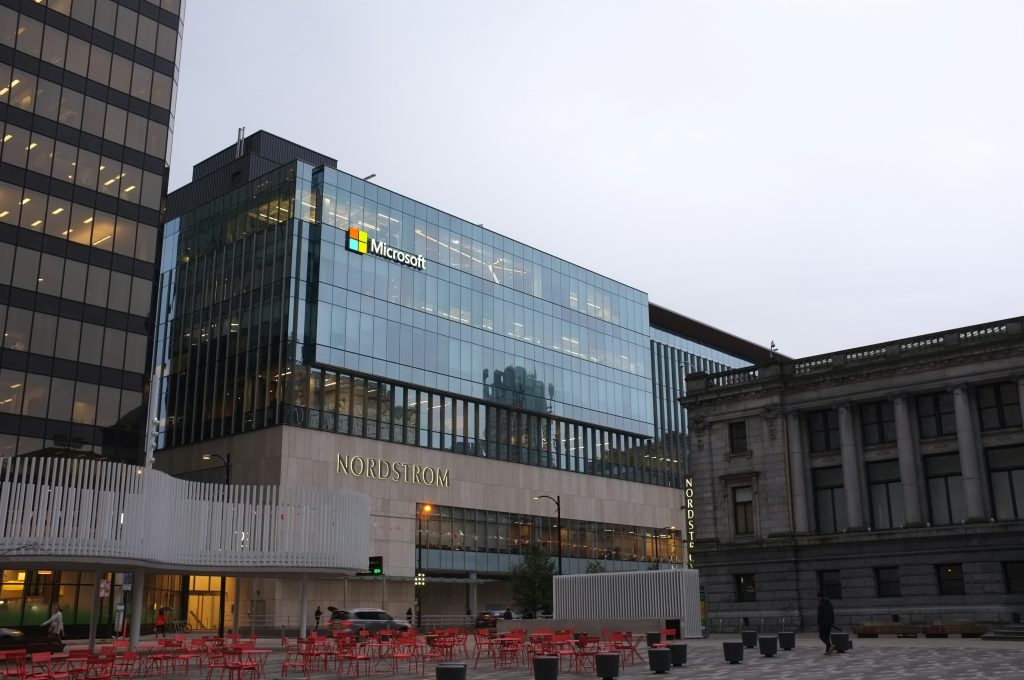Microsoft announced it will introduce a paid subscription model for hotpatching on Windows Server 2025 starting July 1, 2025, ending the current free preview. The service will cost $1.50 per core per month and aims to significantly reduce the need for server reboots after updates.
Hotpatching allows security patches and updates to be applied without restarting the system, a method already common in Linux distributions and virtualization platforms like VMware and Xen. Microsoft had previously offered hotpatching through its Windows Server Azure Edition and Windows Server 2022 in the Azure cloud. The company first previewed the feature for on-premises Windows Server 2025 systems in August 2024.
With the new subscription, Microsoft promises up to eight hotpatches per year, following a structured three-month update cycle. The first month of each cycle—January, April, July, and October—will be a “baseline” month requiring a reboot, followed by two months where only hotpatches are applied. However, Microsoft notes that in rare cases, critical security needs may still require a reboot during hotpatch months.
Administrators managing Windows Server 2025 machines must use Microsoft’s Arc management tool to access the hotpatching service, though Arc usage for this purpose will not add additional costs. Servers running the Azure Edition will continue to receive hotpatching for free.
Microsoft officials argue that hotpatching can close the “window of vulnerability” created when administrators delay updates due to downtime concerns. It also aims to reduce the traditional disruptions tied to “Patch Tuesday,” the monthly update cycle familiar to IT departments around the world.
For organizations currently using the free preview, automatic enrollment into the subscription model will begin unless they opt out before June 30, 2025. Microsoft emphasized that standard patching methods will remain available at no extra cost for those who choose not to subscribe.
This move places Microsoft in line with Linux enterprise services like Red Hat Enterprise Linux, which has long offered live kernel patching as a premium feature.
The decision to monetize hotpatching reflects a broader trend of software vendors adding premium maintenance services to support uptime demands in increasingly hybrid and multicloud environments.




